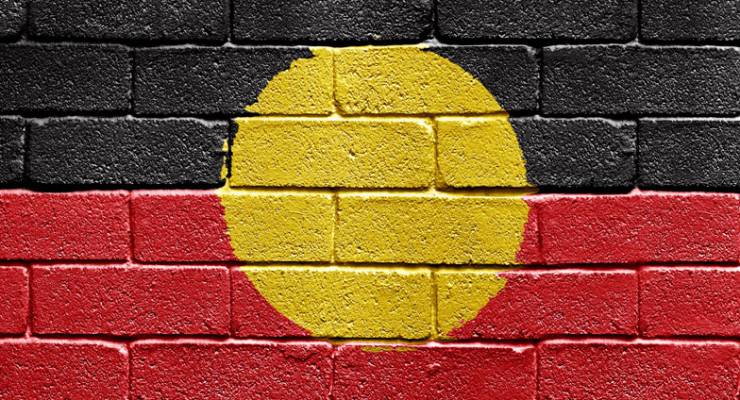
Yesterday’s 2018 Closing The Gap report identifies three of the seven targets are on track for achievement. The Prime Minister, who tabled the statement at midday in Parliament, claims this is a positive and, correctly, notes “the last year in which at least three targets were on track was in 2011”.
It’s a measure of our low expectations that such an argument is even vaguely plausible. Under both sides of politics, Closing The Gap has been, on balance, a failure.
First, the successes:
Halve the gap in mortality rates for Indigenous children under five (by 2018) is on track, despite some volatility around Indigenous child death statistics caused by improvements to collection methods. Indigenous child mortality rates have fallen significantly in the two decades to 2016 (although, most of the fall occurred in the years 1998-2008) but non-Indigenous rates have fallen considerably as well.
Ninety-five per cent of all Indigenous four-year-olds enrolled in early childhood education (by 2025) is on track and every jurisdiction except the Northern Territory is ahead of its target — often well ahead. The only significant concern is that attendance, as opposed to enrolment, falls away significantly in remote and very remote areas.
Halve the gap for Indigenous Australians aged 20-24 in Year 12 attainment or equivalent attainment rates (by 2020) is on track. The level of Indigenous youth with Year 12/equivalent has increased from 47.4% in 2006 to 65.3% in 2016, and the biggest gains in that time have been in South Australia, Western Australia and the Northern Territory.
One positive of the success of these targets with children and young people is that the economic, social and health benefits will continue as today’s Indigenous kids become tomorrow’s Indigenous parents and community, providing long-term positive impacts. However, it is with adult Indigenous people that the worst Closing The Gap failures have occurred.
Close the gap in life expectancy between Indigenous and non-Indigenous Australians within a generation (by 2031) is not on track. Annual mortality rates for Indigenous people have, if anything, increased slightly since 2010 while non-Indigenous mortality rates have continued to fall slowly, so the gap is now larger than a decade ago. While there have been gains in relation to diseases like circulatory disease, the report says “cancer mortality rates are rising for Indigenous Australians and the gap between Indigenous and non-Indigenous Australians’ cancer mortality rates is widening. Between 1998 and 2016, there was a significant increase by 23 per cent in the cancer mortality rate for Indigenous Australians while the rate has declined significantly by 14 per cent for non-Indigenous Australians.” On the positive side, there has been significant progress in reducing the high rates of Indigenous smoking.
Halve the gap in employment outcomes between Indigenous and non-Indigenous Australians within a decade (by 2018) is not on track. In fact, the gap has widened; Indigenous unemployment in 2016 was 18.4% compared to 15.6% in 2006.
Halve the gap for Indigenous children in reading, writing and numeracy within a decade (by 2018) is not on track. Progress in the early years after 2008 in literacy and numeracy has failed to track the targets necessary to reduce the gap, with only the ACT and Tasmania on track across most indicators.
Close the gap between Indigenous and non-Indigenous school attendance within five years (by 2018) is not on track. The gap remains a stubborn 10 percentage points nationally, and Indigenous attendance rates have not improved in recent years; in the Northern Territory, the gap has actually increased.
The government is currently consulting about “refreshing” the Closing The Gap strategy. On these results, it would appear to need a fundamental overhaul.








BK or a Turing machine with a bad algorithm?